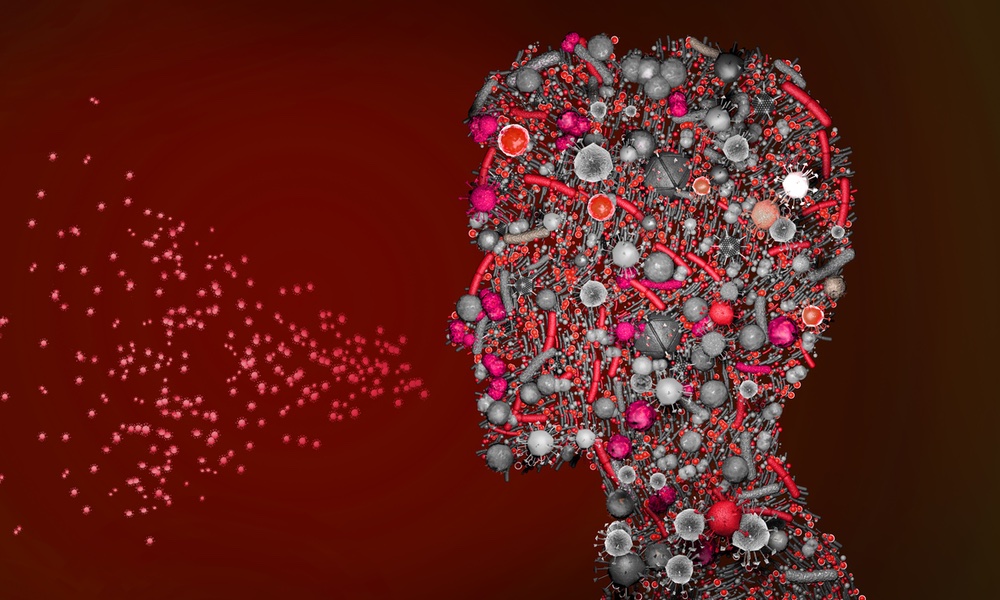It is often the case that people infected with SARS-CoV-2, the virus that causes COVID-19, do not know they are infected because they don’t have any symptoms yet. But even those who are presymptomatic can carry a high enough viral load, and they can still infect others. Such people are believed to be behind so-called superspreader events, where many people get infected.
Researchers at the University of Colorado analyzed data from a surveillance testing program used on the university’s campus. The viral load distribution in the student population, who were asymptomatic or presymptomatic, was the same as the distribution reported in populations hospitalized for COVID-19.
Only a small number of people, called supercarriers, were responsible for most of the virus circulating in these populations. The researchers believe these supercarriers are probably also superspreaders.In both the asymptomatic university population and the symptomatic, mostly hospitalized populations, only two percent of the people carried about 90 percent of the virus.
During the fall 2020 academic semester, more than 72,500 saliva samples were screened for SARS-CoV-2. At the time of testing, university students were asked to confirm they had no symptoms of COVID-19, such as coughing, fever or fatigue. Nonetheless, more than 1,400 samples tested positive.
The surveillance testing found a wide range of viral loads among the apparently healthy students. The lowest viral load was eight virions per milliliter (mL). The highest viral load was six trillion virions per mL, which was only seen in one person. Even more remarkable was the fact that this supercarrier had been on campus and did not report any symptoms, according to the researchers.
In both the asymptomatic university population and the symptomatic, mostly hospitalized populations, only two percent of the people carried about 90 percent of the virus. And only 10 percent of the asymptomatic population and 14 percent of the symptomatic population accounted for 99 percent of the virus circulating in the community.
The higher rate of transmission by just a few viral supercarriers explains why only a small percentage of students infected their roommates and why transmission rates within a household are low. “This finding suggests the transmission window is rather small,” Yang, a research assistant in the department of molecular, cellular and developmental biology at the University of Colorado, declared.
The study is published in the Proceedings of the National Academy of Sciences.





